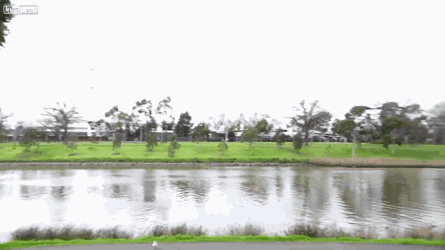With tech companies like Facebook introducing new features, and governments around the world considering laws to disrupt the spread of fake news, games are also being made to help spot fake news.

The University of Cambridge developed Bad News as an educational tool, helping people understand how fake news spread. Players are encouraged to pick provocative and clickbait headlines to garner attention and grow their imaginary social media following.
The game teaches techniques used by fake news purveyors in an attempt to ‘demistify and illuminate’ fake news. By learning these techniques, players can learn to recognise signs such as fake profiles, and not be influenced by fake news.

As we’ve covered before, while laws and changes are great, helping people engage in critical thinking and fact checking to stay as informed citizens is still the most effective way to combat disinformation. Drawing from Inoculation theory, Bad News confers resistance against fake news by giving you insights into the various tactics fake news-mongers use. If you can recognise it, you can resist it.

You can play the game at Bad News, and for more information check out the developers page.
-Maria















 You’re doing amazing, sweetie
You’re doing amazing, sweetie
